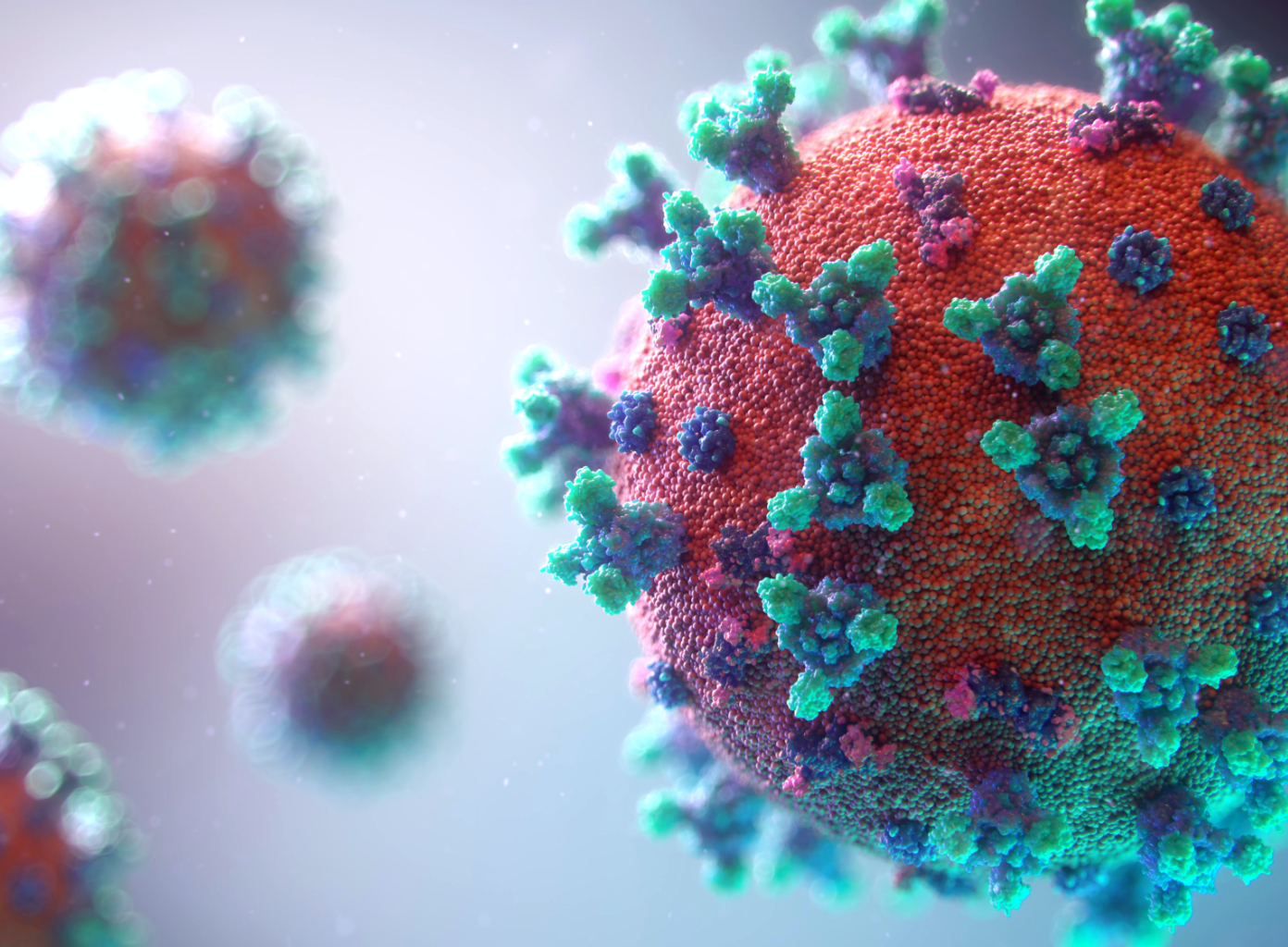The COVID-19 outbreak has created an unprecedented need for real-time data. As the global pandemic continues to negatively impact millions of patients, life sciences are challenged to adapt their strategies to support patients as quickly as possible. But to develop new treatments and deliver ongoing therapies, those organizations must rely almost entirely on real-time real-world data to answer critical questions in a timely manner.
The typical timeline for research and development, clinical trial design and complex analytical models has vanished. Now in the face of COVID-19, real-world data interoperability empowers life sciences to be more informed, deliver better evidence and make decisions quickly and strategically in order to improve patient outcomes.
Learn more about COVID-19 trends and insights
Follow the patient journey through scattered care
Both COVID-19 patients and non-infected patients are now seeking care in brand new ways. Journeys to treatment may include visits to alternative physicians, telehealth visits, pharmacies that are closer to home or filling prescriptions at new frequencies—all of which may be more difficult to track through disparate datasets. As patients scatter their care, it becomes more difficult for life sciences to collect and maintain that data fast enough to make an impact. To adequately support patients and improve outcomes, collecting and linking the relevant real-world data is paramount to understanding how their experience has changed and what can be done to help.
Real-time real-world data helps uncover:
- In what new ways are patients receiving care?
- How are patients engaging with healthcare providers?
- What is the new patient experience during COVID-19?
Companies that want to drive better patient outcomes need real-time real-world data to be effective. Monitoring the actual changes in the patient experience during COVID-19 allows patient-centric organizations to support, intervene and make an impact at the right time.
Generate insights and inform clinical trials
By establishing interoperability amongst disparate real-world datasets, life sciences are able to build more accurate, comprehensive patient journeys resulting in near-real-time insights. This is critical for COVID-19 patients since disease progression can be tracked from before diagnosis through lab confirmations, hospital chargemaster data and real-time outpatient claims. Real-world data in clinical trials will also inform new vaccines and treatments for COVID-19.
Clinical trials for non-COVID-19 diseases are also being impacted significantly. Many have been stopped, stalled or canceled because patients can’t be managed in a typical clinical trial setting. Instead, life sciences are turning to real-world data to reveal what patients are experiencing in their own homes. Real-world data gives context to what will ultimately come out of clinical trials designed according to now-outdated standards.
Life sciences cannot afford to wait for patient data during a pandemic, let alone without connecting all the dots. They need a full as-it-happens patient view to inform the imperative decisions and actions made to support patients.
Support better patient outcomes
Real-time real-world data creates a 360-view with the patient at the center. During the time of COVID-19, making critical decisions relies almost entirely on interoperable real-time data. It informs life sciences on how to engage with patients, what new clinical trials should look like and how to build the most effective patient engagement interventions. It ultimately leads to an actionable level of patient specificity.
To accelerate that process, HealthVerity and Aetion partnered at the onset of the pandemic to create Real-Time Insights and Evidence, the first and only real-world evidence system that combines COVID-ready analytics with near real-time data, to assess treatment approaches for COVID-19. It supports in-the-moment and adaptive response as data accrues to enable decision-ready evidence and to ensure transparency around its generation—to determine which treatments work best, for whom and when.
Discover Real-Time Insights and Evidence below.




.png?width=352&name=LinkedIn%20in-stream%201200%20x%20628%20-%2020-09-22%20AG-BPHL%20%E2%80%93%201%20(1).png)

